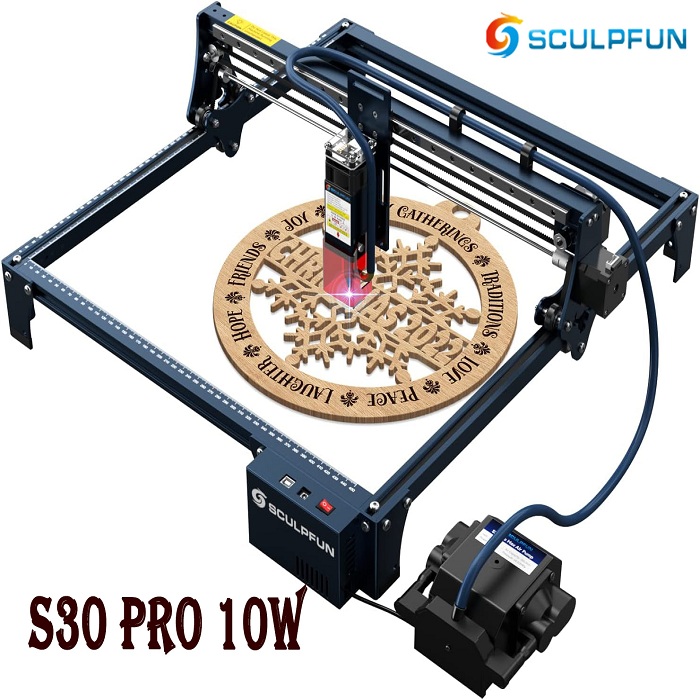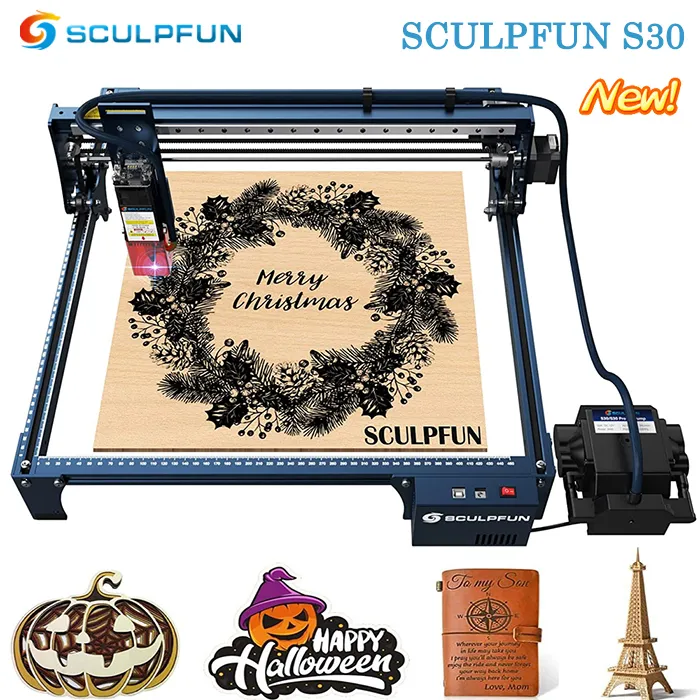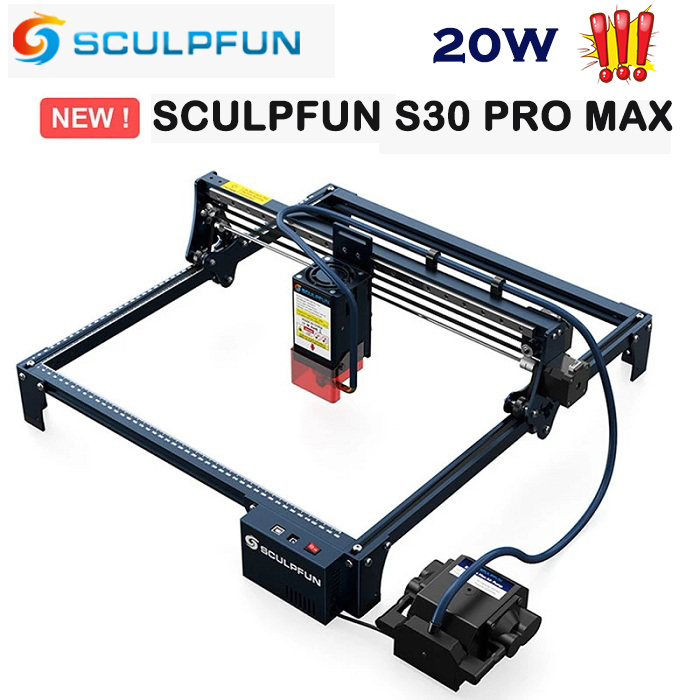
There are many different types of materials you can use with a laser engraving cutter. Most people know the basics like wood and acrylic, but when it comes to engraving other materials like leather, it can be difficult to figure out how to engrave and cut in a quicker and safer way. The following information will assist you with leather laser engraving and cutting.
Using a Leather Laser Engraver You Need to Know
Tanning is the process of converting animal hides into leather, which is tough and weather-resistant, making it ideal for clothing. Laser cutters can cut, engrave and mark high-quality leather very efficiently. In fact, leather laser engraving and cutting work with different types of laser technologies: CO2 lasers, fiber lasers, and UV lasers. If you really don't know how to choose the laser engraving machine you need, then you can try these machines, such as Ortur Laser Master 3, xTool D1 Pro, LaserPecker 2, Atomstack S20 Pro, etc.
Leather Properties
High-quality leather is a very strong and flexible material, making it ideal for creative laser engraving. Here are some of the most common properties of leather:
Origin: Leather is derived from the hides of animals, especially cows, but hides from other animals can also be used, including deer, sheep, pigs, and even some reptiles and sea creatures (such as eels).
High Tensile Strength: Leather is difficult to tear or puncture.
Elastic and Plastic Properties: Leather can stretch and hold its shape.
Weather resistance: Thanks to the tanning and surface treatment process, the leather is easy to clean and is water and fire-resistant. Note that even though it may have some degree of fire resistance, it is definitely not fireproof and will catch fire in a laser. So be sure to take proper safety precautions.
Texture: Leather has a natural texture and finish. Typical grains include full grain, top grain, corrected grain, and split (the process of producing suede).
Finishes: Leather can also be finished or unfinished. Finishes include aniline, semi-aniline, and pigmented leather.
Common Leather Types for Laser Engraving
Cowhide: widely used in clothing, furniture, and leather products. Cowhide is durable, easy to care for, and available in a variety of colors and thicknesses.
Lambskin: Soft, velvety, and light.
Pigskin: Light and silky with a unique natural pattern.
Buckskin: Rare, unless you're a hunter.
Suede: Made from sheepskin, this material is thin and soft, like cloth.
Suede: Processed to create a thin, soft fibrous surface popular in jackets and other apparel. Includes polished top-grain leather such as nubuck.
Leather is Not Recommended for Use in Lasers
Synthetic Leather: Some synthetic leathers contain materials that produce harmful fumes that can affect your health and damage your machinery. For safety reasons, it is best to stay away from synthetic leather. Choose a good material to engrave or cut the perfect item.
Eel Skin: While eel skin will work fine in your laser engraver, it has a very strong smell that takes a long time to dissipate. So you can use this material safely without worrying about it harming you or your laser, but it is highly recommended to stay away due to the strong smell. If you really want to use crocodile skin, then you must use air assist, so that the air can be well circulated.
Leather Applications and Ideas
Listed below are some of the more common applications where leather can be used as a laser engraver and cutter. You don't have to limit yourself to these ideas, and new applications or ideas are definitely encouraged.
Wallets: Cut your pattern and engrave unique designs to create limitless style.
Scrapbook and Notebook Covers: Add durable covers with personal engravings.
Jewelry: Create original designs (bracelets, necklaces, etc.) that can be easily reproduced and produced.
Patches: Beautifully crafted leather patches that can be attached to bags, jackets, hats, and more.
Costumes: Dominate a cosplay scene or create the perfect Halloween costume.
Wallets: Custom designed and engraved to create a one-of-a-kind style.
Belts and Collars: Beautifully cut and engraved, belts are available in a complete collection of styles and patterns to suit you and your animal companion.
Shoes: Just like belts and wallets, shoes offer laser users new and endless designs and personalization options.
Crafts: Custom leather goods make great decorations and gifts.
Note that if you are using pre-existing items, such as bags or shoes, make sure you confirm that they are actually made of leather and not synthetic materials that produce fumes that may be harmful to your health, and could damage your laser.
Remember These Things
Low Contrast: The natural quality of leather does not create a great deal of contrast.
Fiber: Laser engraver for leather can be very fibrous, which can cause difficulties when trying to make clean cuts on thin materials. For leather, a thicker premium material is recommended due to its denser fiber structure. Fiber or UV lasers will be more useful than CO2 lasers when cutting and engraving finer details. xTool D1 Pro is your best choice, you can use it to cut leather better, and can quickly and finely engrave the patterns you need.
Material Thickness: For leather, thicker premium material is recommended due to its denser fiber structure.
Watch out for flames: Safety is always a top priority when working with laser cutters and engravers. Leather also produces flames, so keep an eye on your leather cuts. Always keep fire extinguishers within easy reach.
Temporary odors: Since most leathers come from animal hides, they can have an unpleasant but harmless odor. The smell will dissipate.
General Practice
Thick, high-quality leather is best for cutting and engraving. If the leather has a fibrous side and a polished side, put the polished side up in the laser cutter. This will keep visible surfaces as clean as possible.
Cut Leather
Thick, dense leather cuts very well. Thinner materials, especially suede or leather with exposed fibers at the top, are prone to fire under the laser. If you want to cut thinner leather more frequently, then a fiber or UV laser will be a better choice for you.
Marking and Engraving Leather
Like fabric, grating leather weakens the material. This is especially true for colored leather. Deep engravings work best on thick leather. Also, note that photo engraving will not show any contrast. For example, engraving an eagle on a motorcycle jacket will be marked in the same color and barely visible. If you engrave and mark leather more than you cut it, a UV laser would be a better laser choice for this application. When you are engraving, then you don't need a very high-power laser engraving machine, LaserPecker 2 is definitely your best choice, you will absolutely love to use it for creation and engraving. LaserPecker 2 is very fast for engraving and supports scroll engraving, allowing you to engrave on any size plane.
Leather Finishing Tips
Preservation: Leather loses its natural moisture over time. There are many commercial oils used to protect the leather and keep it shiny and durable.
Stain resistance: Suede stains easily, but you can buy an all-weather spray for an extra layer of stain resistance.
Laser Settings
Your power, speed, and other laser settings will vary depending on the leather you are using. Even your laser power and local environment can affect the setup. Therefore, we recommend against arbitrary setups, but material testing. Find the best setting for the leather you are using. Make sure to download the log and document your findings for future projects.
If you have any questions or are not sure what to do with your leather, please contact the staff at HTPOW, we will give you the most professional engraving advice and service, so let us know when you publish your project.
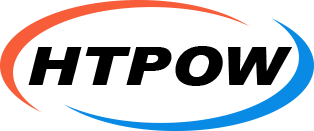
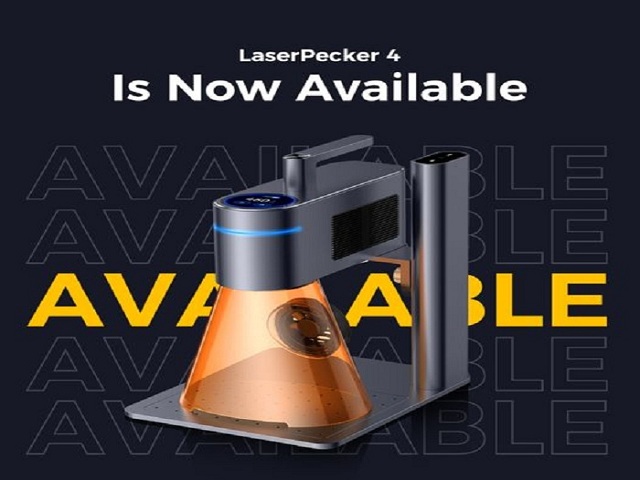
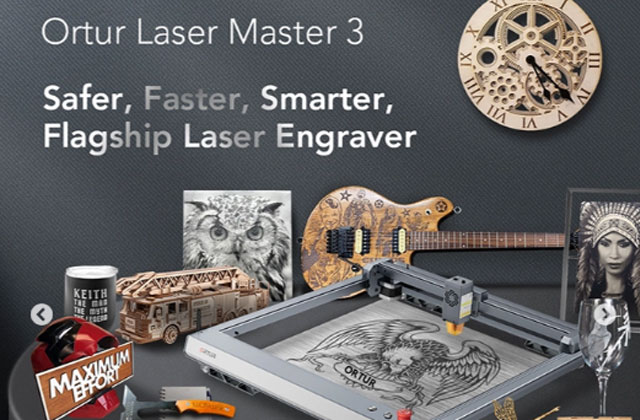
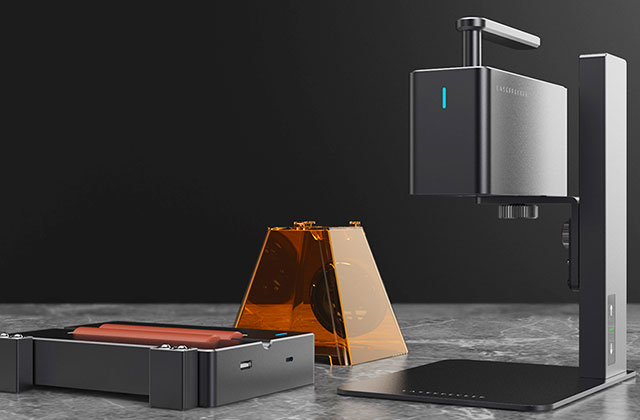
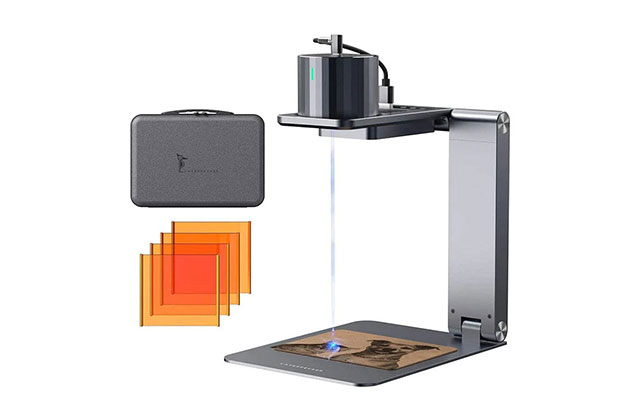

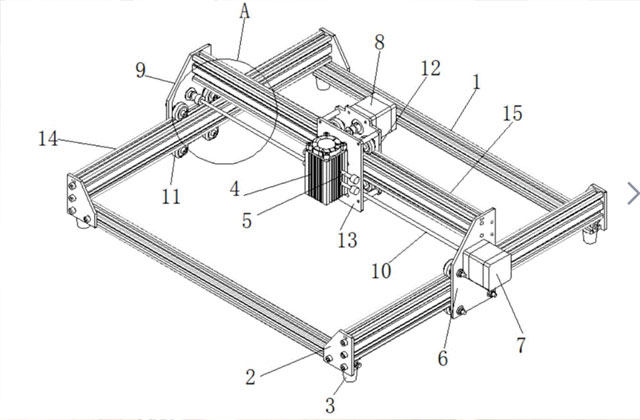
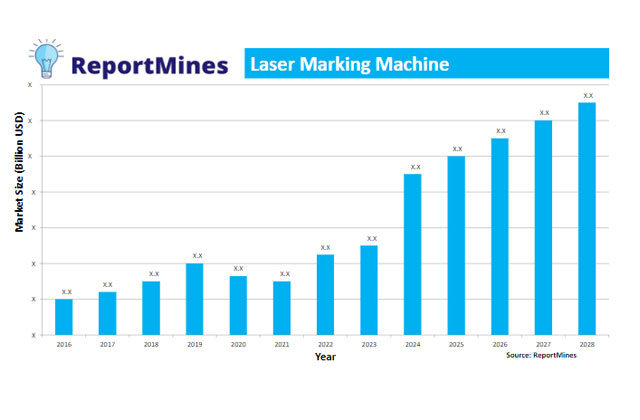
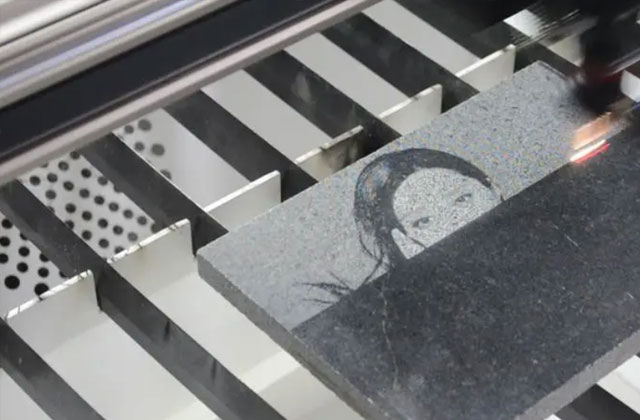
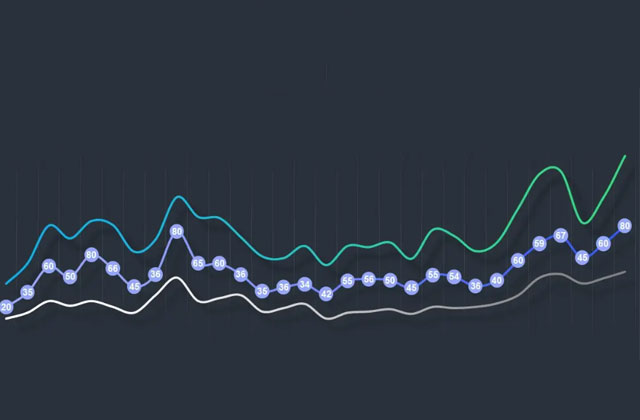

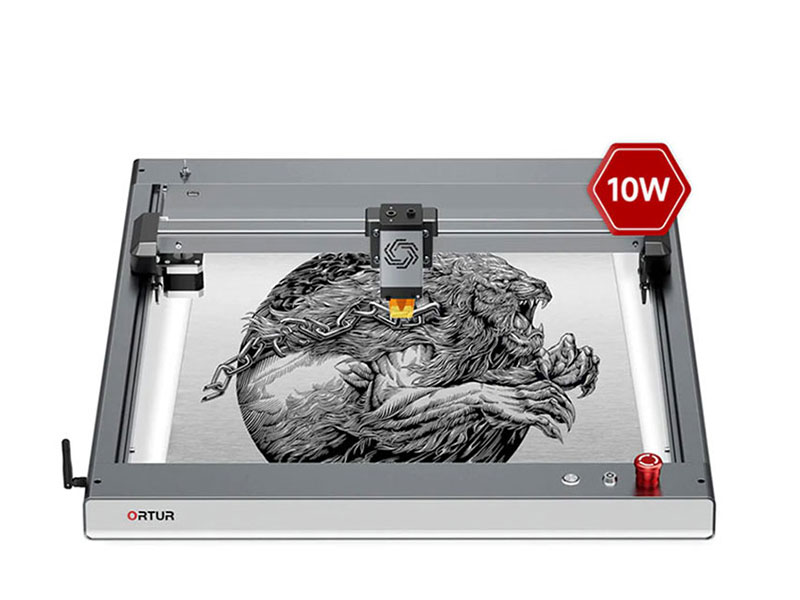



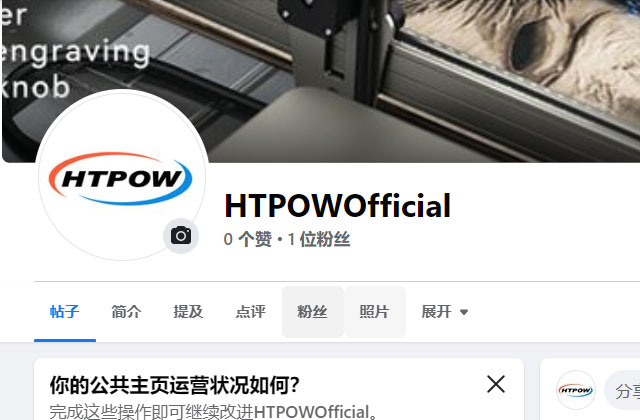

.jpg)
